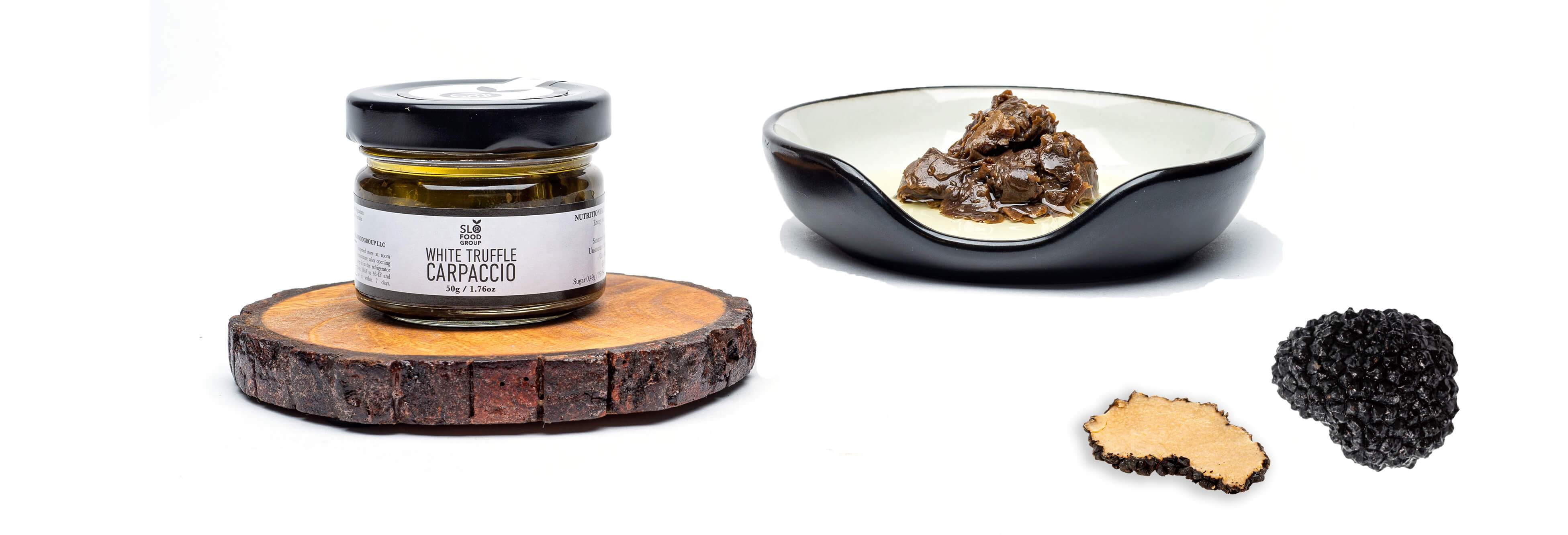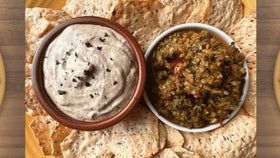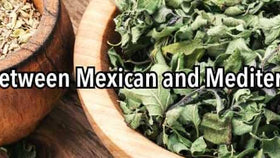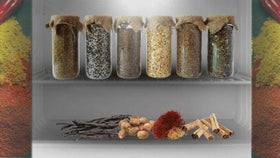White Truffle vs Black Truffle: Which Will Reign Supreme
What is the difference between white and black truffles?
Ah, the elusive truffle—the prized fungus associated with extravagance and a high price tag. The cost of a truffle—whether black or white—is certainly warranted, yet it is not uniform across the board for the various species of truffles, which boils down to several factors. While there are many species of these delectable tubers, they are often divided into just two categories in the culinary world: white truffles and black truffles.
So let’s put them head-to-head in a virtual battle of white truffle vs black truffle and examine exactly what sets them apart. Which one of these delectable underground fungi will come out on top? Let’s see!
Differences Between Types of Truffles
The exorbitant price of truffles
Truffles certainly have a reputation for being expensive, but there is actually an extreme variance in pricing amongst size and species. Overall, white truffles host a higher price tag than any variety of black truffle, with the most expensive truffles known—large, in-tact specimens—selling for several hundreds of thousands of dollars per pound. Yes, you read that correctly.
Though most white truffles won’t grow to be over 4 pounds & bring in $350,000 per pound, it does happen. Typically, in these cases, the truffle has been auctioned to the highest bidder. More commonly, though, they will fetch a price tag in the range of $1500-$5000 per pound. Black truffles, on the other hand, are much more affordable. Summer varieties can be procured at an average price of $300-$400 per pound, while their winter counterparts are often purchased for twice that amount.
There are many factors that affect the price of truffles—from seasonality to global supply and from size to location. Learn more about why truffles are so expensive here.
Flavor profiles of different truffle types
Truffles have an unmistakable flavor and aroma that is actually quite difficult to characterize simply because there is no ingredient that parallels such an elegant depth in flavor and intoxicating aroma. Many chefs will describe a truffle as musky, earthy, or nutty with flavor profiles similar to those of mushrooms and garlic. This is all true, but it’s as if those flavors were all working together to create a full-bodied depth and intensity unmatched by any other ingredient.
But, if all truffles were created equal in flavor and aroma, they wouldn’t likely vary so much in price, so let’s look at what sets black and white truffles apart when it comes to flavor.
That depth of flavor we mentioned earlier is amplified even more in white truffles, with a piquancy that will thoroughly invigorate your tastebuds. They also tend to possess an element of sweetness. The intensity of flavor in can easily overwhelm a dish, so it is typically used sparingly, shaved on top immediately prior to serving. The aroma of white truffles is much more pungent than that of black. However, both flavor and aroma tend to dispense much more quickly in the white tubers, so heat is rarely applied to it. While black truffles certainly maintain those unmistakable truffle elements, it is much more subtle and smooth than that of white truffles, making it more versatile in culinary applications.
Where truffles are found
Truffles are quite fussy when it comes to where they will grow. Conditions must be absolutely perfect, with well-drained, non-compacted, alkaline soil. Moisture levels need to be high and they typically prefer climates with hot summers and cool (but not too cold) winters. They have traditionally been known to grow wild in mediterranean but are found in similar climates, amongst the roots of trees—primarily oak, hazelnut, and birch trees—across the world. Today, most truffles and truffle products found in markets are cultivated, but it is a very high-risk crop for farmers.
Both truffle varieties are native to Europe. Despite efforts to migrate and cultivate white truffles, though, they tend to be a bit stubborn and are rarely found beyond the Piedmont and Tuscany parts of Italy and Southern France. As previously mentioned, black truffles are much less finicky and are now cultivated in many areas worldwide.
While there are differences between truffles, you really can’t go wrong when adding these fragrant delicacies to your dishes.Check out our full line of mushrooms and truffles for the perfect ingredient to add to your next dish.







Slofoodgroup
Author